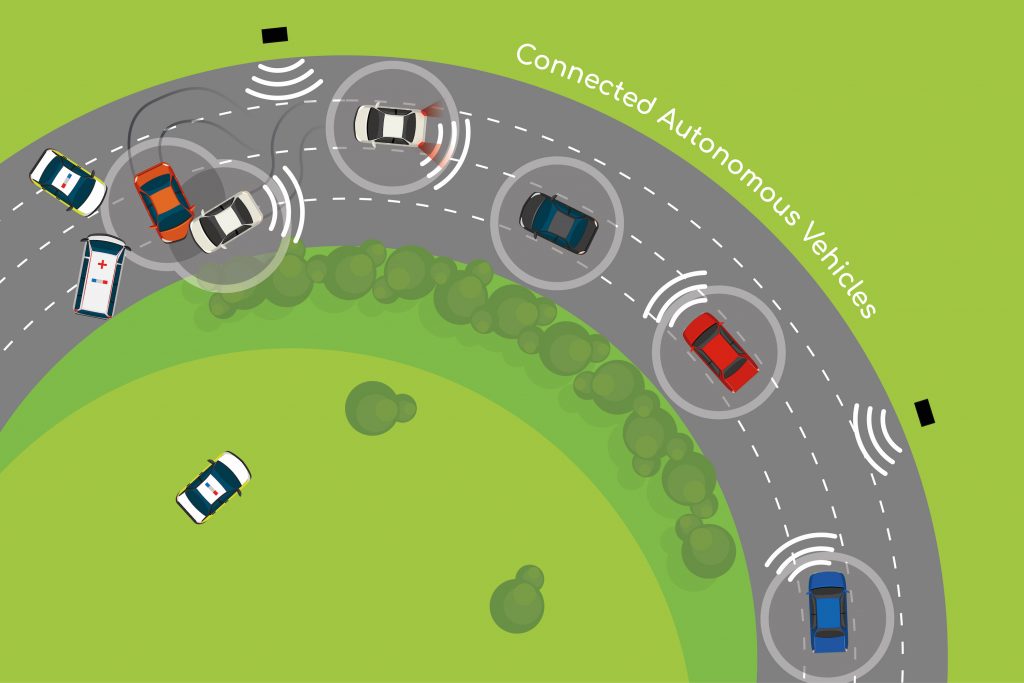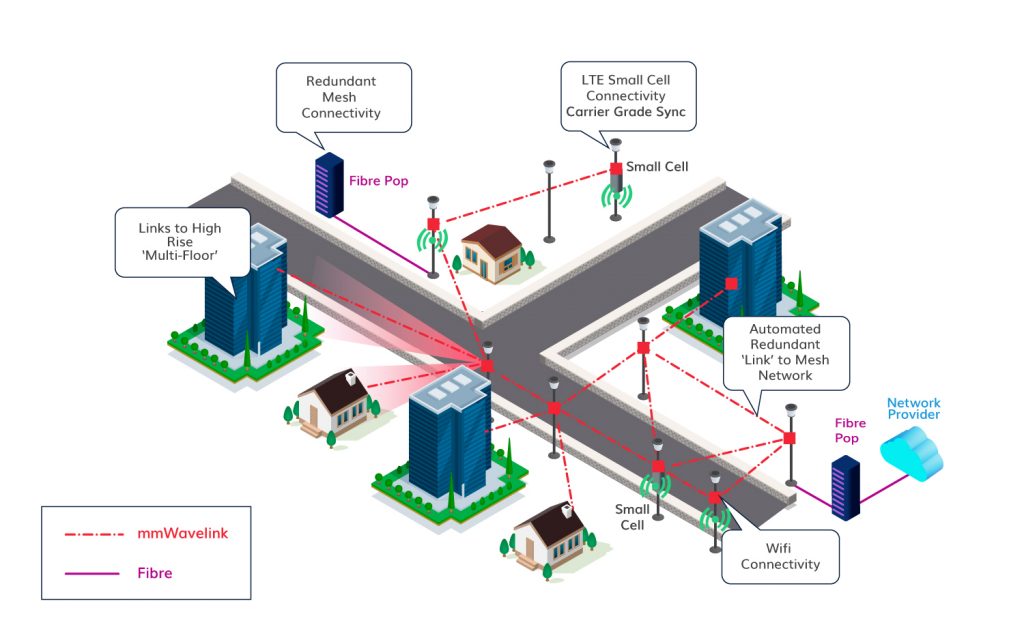Mythbuster: 5G isn’t all about smartphones
by Blu Wireless
The impending arrival of 5G mobile handsets is dominating technology headlines in 2019. When searching “5G” on Google, most search results are about 5G smartphones. But the idea that “5G equals smartphones” is a widespread misconception. Just a handful of 5G smartphones are set to be released in 2019 and Apple aren’t expected to release a 5G handset until late 2020 at the earliest.
Industry use cases are where we are going to see major progress in 5G this year. 5G connectivity is 20 times faster than 4G and substantially more reliable, meaning it can deliver faster data transfer rates and download speeds which support a whole host of different applications. Rather than waiting for the release of the first true 5G smartphone, it makes sense to instead look to the markets where 5G is already making a commercial impact.
Connected Autonomous Vehicles
Connected Autonomous Vehicles (CAVs) are certainly one of the use cases where 5G is urgently needed – both to drive innovation and to safeguard drivers and passengers. Connectivity has to be both fast and seamless to ensure road safety and actively protect against upcoming hazards.

Blu Wireless has recently demonstrated that CAVs moving at high speeds can achieve ultra-fast 5G-level connectivity of up to 1Gbps. This is also significant news for the rail industry, where reliable connectivity at high speeds is a key requirement to meet commuter demands. New 5G mmWave technology is improving cost efficiency as well as performance, meaning that commuters will soon be able to relax onboard with HD video streaming and rapid browsing at a much lower cost to the rail operator, innovating and optimising customer experience.
Industry 4.0
The manufacturing sector is merging digital and physical technologies, signalling the beginning of a new era – the age of Industry 4.0.
By adopting artificial intelligence, augmented reality, robotics and IoT technologies, the smart factory will be able to use data to boost quality assurance processes and efficiency. Machinery performance can be continuously monitored, and predictive analytics can anticipate when a part is about to fail.
This is a huge market, set to grow to a value of $73 billion by 2022. But without cost-effective 5G implementation, the future of the smart factory isn’t quite as bright, as manufacturing quality and worker safety could be severely compromised. Fast and reliable connectivity is critical for the success of the smart factory – making 5G a key driver for innovation in this space.
Health Tech
As rising rates of stress and burnout for healthcare professionals coincide with increased demand for personalised patient care, 5G technology provides a solution that takes the pressure off all parties.
5G enables virtual wellness check-ins from the comfort of the patient’s home, using IoT to monitor medicine consumption and vital signs from remote doctors. This reduces patient stress around travelling to a healthcare facility and supports doctors to reduce home visits without impacting patient well-being.
5G implementation is normally thought of as costly and time-intensive to deploy, but our innovative mmWave solutions leverage Fixed Wireless Access (FWA) technology to provide 5G connectivity simply and affordably. Working with the 5G Testbed in Liverpool, Blu Wireless has deployed a FWA network that supports health and social service users with innovative applications , enabling more comprehensive care services for the local community, while reducing pressure on service providers.
Smart Cities
There is increasing pressure on governments and local authorities worldwide to provide faster, more reliable WiFi access to citizens – and 5G will play a significant role in this. With its increased bandwidth, significantly more data can be processed in real time.
The 5G FWA mmWave mesh network deployed to enhance the growth of remote social care solutions in Liverpool can also be leveraged for a range of Smart City use cases. Energy, transport and public safety will all benefit from these small cell-powered mesh networks, with 5G connectivity running between everything from public lighting to vehicles on the road. According to a report from Accenture, 5G IoT sensors could alert road users to upcoming dangers such as floods or even more everyday hazards such as potholes or malfunctioning traffic lights.

With such a variety of 5G applications currently being leveraged to benefit our health, drive industry forward and enhance our experiences as public citizens and road users, there is little logic in focusing solely on what 5G can do for the handset. We are much more likely to see mmWave 5G’s impact in our lives through these examples of 5G innovation first than on our own mobile phone. So, it’s time to lay to rest the idea that 5G and 5G smartphones are synonymous.
